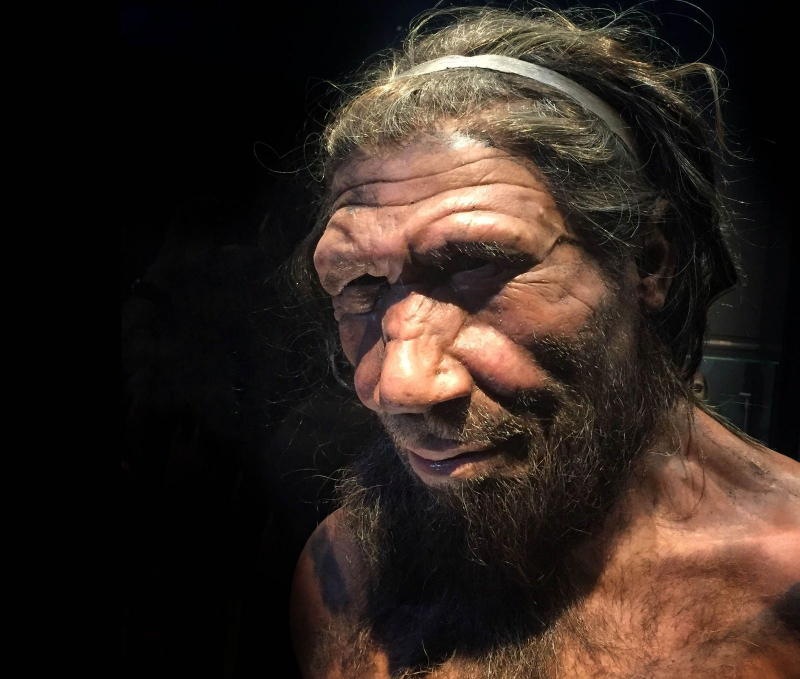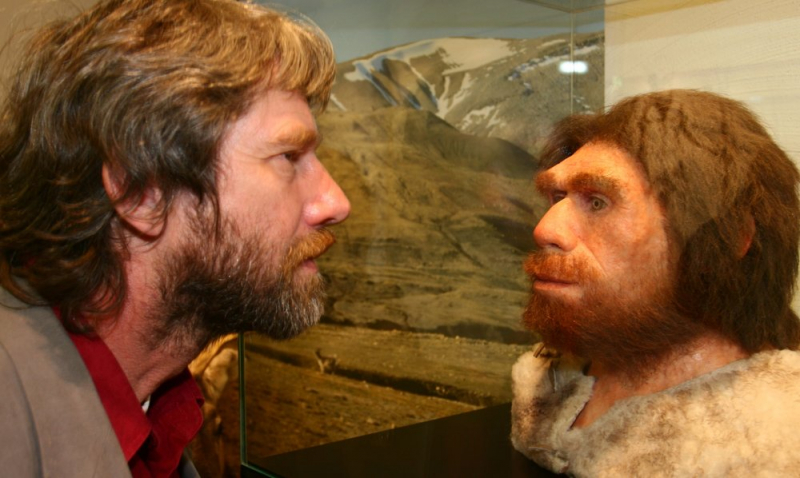Unique Voices
We typically assume immediately that Neanderthals, or what we more generally refer to as "cavemen," only used grunts to communicate. Although it's true that they lacked the most complex or advanced vocabularies, their mode of communicating wasn't as archaic as grunting.
Due to their bodily composition, neanderthals were able to speak in complicated speech patterns. They had a hyoid bone in the neck that supported their tongue, just like modern humans do. This bone, which is shared by humans and neanderthals, aids in vocalization.
Because of this crucial bone, we are both able to speak, but it does not mean that we sound the same. Neanderthals' chests, nasal cavities, and throats differed from those of modern people in shape. The phonetic characteristics of Neanderthals' speech patterns were influenced by a combination of their particular makeup and posture. The general belief is that their voices were much louder and higher pitched than ours.












